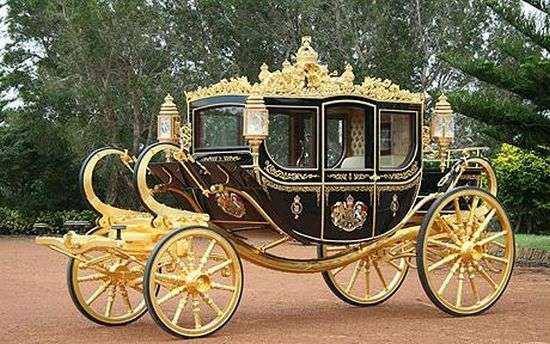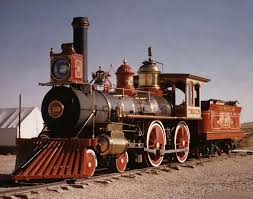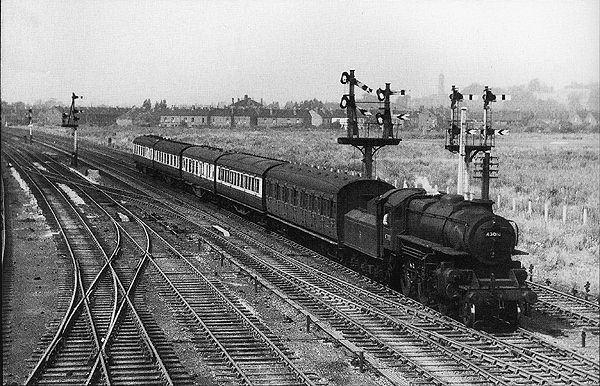Stamp: Transvaal stamp overprinted in Wolmaransstad (Transvaal 1900)
Transvaal stamp overprinted in Wolmaransstad (Transvaal 1900)
24 June (Transvaal ) within release _WOLMARANSSTAD goes into circulation Stamp Transvaal stamp overprinted in Wolmaransstad face value 1 South African penny
| Stamp Transvaal stamp overprinted in Wolmaransstad in catalogues | |
|---|---|
| Michel: | Mi: ZA-TV BM19 |
| Stamp Number: | Sn: ZA-TV 245 |
| Stanley Gibbons: | Sg: ZA-TV W9 |
Stamp is square format.
British occupation issue during the South African war 1900-1902 Handstamped ''Cancelled V.-R.-I.'' in 2 linesAlso in the issue _WOLMARANSSTAD:
- Stamp - Transvaal stamp overprinted in Wolmaransstad face value ½;
- Stamp - Transvaal stamp overprinted in Wolmaransstad face value 1;
- Stamp - Transvaal stamp overprinted in Wolmaransstad face value 2;
- Stamp - Transvaal stamp overprinted in Wolmaransstad face value 2½;
- Stamp - Transvaal stamp overprinted in Wolmaransstad face value 3;
- Stamp - Transvaal stamp overprinted in Wolmaransstad face value 4;
- Stamp - Transvaal stamp overprinted in Wolmaransstad face value 6;
- Stamp - Transvaal stamp overprinted in Wolmaransstad face value 1;
- Stamp - Transvaal stamp V.R. overprinted in Wolmaransstad face value 1;
Stamp Transvaal stamp overprinted in Wolmaransstad it reflects the thematic directions:
A carriage is a two- or four-wheeled horse-drawn vehicle for passengers. Second-hand private carriages were common public transport, the equivalent of modern cars used as taxis. Carriage suspensions are by leather strapping or, on those made in recent centuries, steel springs. Two-wheeled carriages are usually owner-driven.
A coat of arms is an heraldic visual design on an escutcheon (i.e. shield), surcoat, or tabard. The coat of arms on an escutcheon forms the central element of the full heraldic achievement which in its whole consists of shield, supporters, crest, and motto. A coat of arms is traditionally unique to an individual person, family (except in the United Kingdom), state, organisation or corporation.
A flag is a piece of fabric (most often rectangular or quadrilateral) with a distinctive design that is used as a symbol, as a signaling device, or as decoration. The term flag is also used to refer to the graphic design employed, and flags have since evolved into a general tool for rudimentary signalling and identification, especially in environments where communication is similarly challenging (such as the maritime environment where semaphore is used). National flags are patriotic symbols with varied wide-ranging interpretations, often including strong military associations due to their original and ongoing military uses. Flags are also used in messaging, advertising, or for other decorative purposes. The study of flags is known as vexillology, from the Latin word vexillum, meaning flag or banner.
The horse (Equus ferus caballus) is one of two extant subspecies of Equus ferus. It is an odd-toed ungulate mammal belonging to the taxonomic family Equidae. The horse has evolved over the past 45 to 55 million years from a small multi-toed creature, Eohippus, into the large, single-toed animal of today. Humans began to domesticate horses around 4000 BC, and their domestication is believed to have been widespread by 3000 BC. Horses in the subspecies caballus are domesticated, although some domesticated populations live in the wild as feral horses. These feral populations are not true wild horses, as this term is used to describe horses that have never been domesticated, such as the endangered Przewalski's horse, a separate subspecies, and the only remaining true wild horse. There is an extensive, specialized vocabulary used to describe equine-related concepts, covering everything from anatomy to life stages, size, colors, markings, breeds, locomotion, and behavior.
A locomotive is a rail transport vehicle that provides the motive power for a train. If a locomotive is capable of carrying a payload, it is usually rather referred to as a multiple unit, motor coach, railcar or power car; the use of these self-propelled vehicles is increasingly common for passenger trains, but rare for freight trains.
Railways - Transportation system made up of metal rails which is designed to allow trains to maneuver on the tracks from one location to the next.






